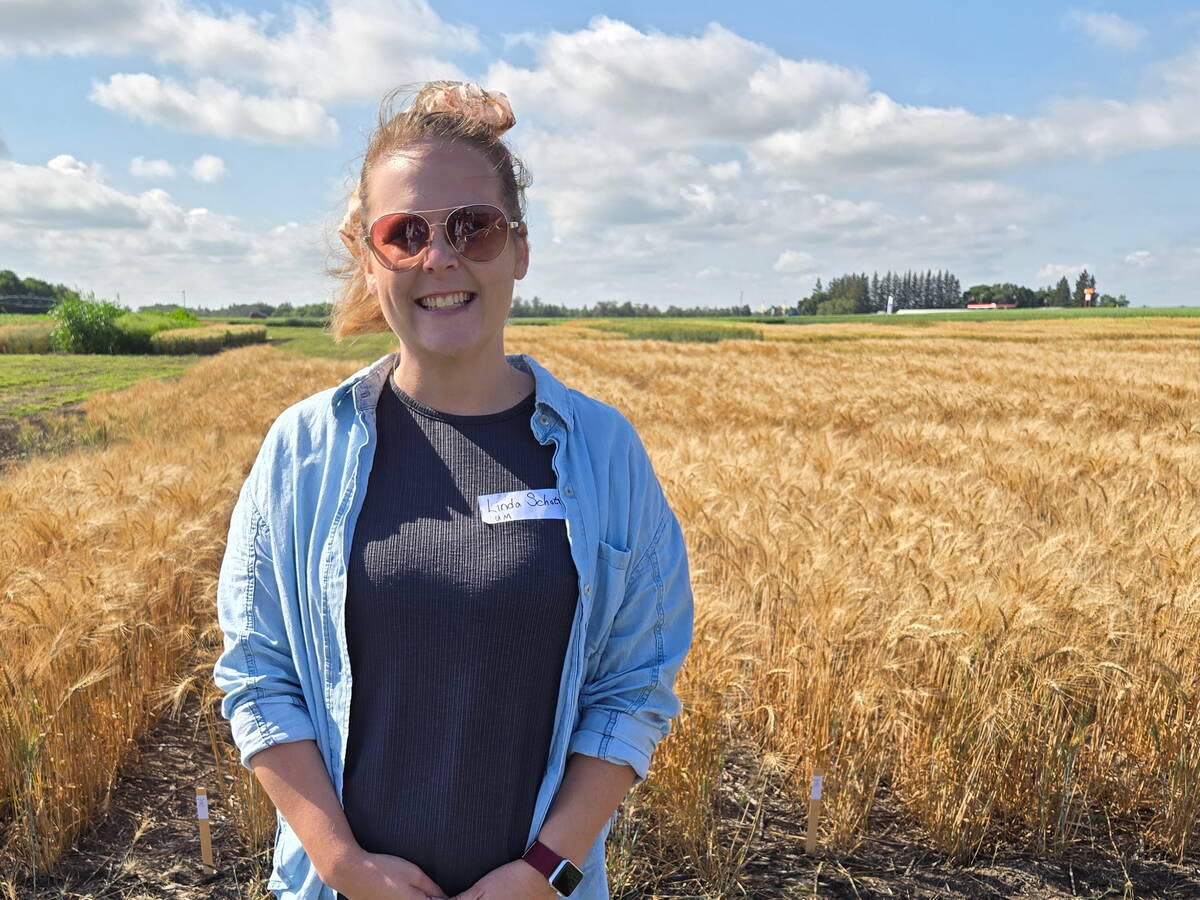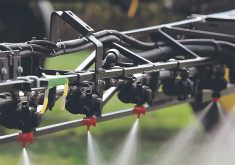DODSLAND, Sask. – Adele Rublee stocks water at the front of her grocery store in Dodsland, Sask. Across the street, Jenn’s Garage keeps cooler-sized water jugs near the service counter.
There is no store sign outside Rublee’s ADR Foods, but a water company’s logo is prominently featured on her windows.
Each business sells between 40 and 50 jugs a week, with Rublee experiencing a 50 percent increase in sales since January.
Jenn’s Garage started selling water about three years ago, with the majority sold to farm families.
Read Also

University of Manitoba hires potato researcher
A new research chair position at the University of Manitoba will tackle sustainability in the potato industry.
By lunch this day, Rublee had also sold six pop bottle-sized containers of water to the highway workers fixing the road east of Dodsland.
“They don’t like the taste of the (town) water,” she said.
Taste, appearance and general health concerns have all contributed to district people switching to filtration systems and bottled water in recent years.
Dodsland has a good, deep well but many prefer to install filters or buy water, even town administrator Brad Hvidston.
“It stinks sometimes, but it’s just bacteria. It’s never been bad.”
Hvidston said the town is regularly “pigging the line,” running a piece of Styrofoam through the old pipes under pressure to sweep out debris. The town is also required to send water samples every other week to a provincial lab in Regina.
Rublee said the water sometimes smells, contains particles and is discolored enough to stain the toilet bowl in her store.
“Once in a while it gets floaties in it,” said Rublee. “When you have to chew your water, you don’t drink it.”
Like most small towns, pipes are old and repairs done as needed. There are not enough funds to do more in communities like Dodsland, dotted with as many closed businesses as open ones.
“Most small towns don’t have enough money,” said Plenty, Sask., town clerk Maxine Woods. Her town water is good, although high in soda. However, signs at nearby municipal wells caution against drinking it.
A poll of customers and workers at ADR Foods finds a mix of water preferences. Rublee’s employee Val Halter drinks tap water while her husband prefers the jugs.
Another employee, Mitzi Gilroy, has a 140-metre well on the farm and finds the water clear and good to drink. Rublee refuses to drink from her deep farm well, saying it has an odor. She also cannot launder whites in it because of the yellowing caused by the high iron content.
Cheryl Bacon lives on a grain farm northeast of Dodsland with her husband Steve and two sons. She used to distill her own water but now buys bottled water from town. Lab reports showed coliform bacteria in her well water more than 10 years ago and the family was advised the water was not fit for human consumption, she said.
The refillable jugs, which cost $10 each, cost $5 to refill. The Bacons empty at least two a week.
Bacon refuses to drink from her well but others in her family do. Darren, 12, rushes in from playing outside on this hot afternoon and gulps back several glasses of tap water.
Any level of coliform bacteria is unacceptable, said Wo Yuen of the Saskatchewan Research Council’s analytical lab. There are no rules about how often well water should be tested.
“If you’ve never had it done, that’s not frequent enough,” said Yuen. He recommends annual water tests for deep wells and frequent samplings for more shallow wells, susceptible to contamination. The SRC lab charges $29 a sample.
Yuen said bacteria can be eliminated by adding a high level of chlorine to a well, and by using filtration systems.














